The European Space Agency's Gaia satellite has produced the most accurate survey of the Milky Way yet, plotting nearly 1.7 bilion stars in a 3-D map. The agency dropped the second release of the satellite's data yesterday, including a handful of incredible images produced using its coordinates.
From distant galaxies to our nearest nebulae, the satellite has been probing our skies with its state-of-the-art equipment since its launch in 2013. Freely available online, its data will help astronomers trace the history of our galaxy and gaze towards its future.
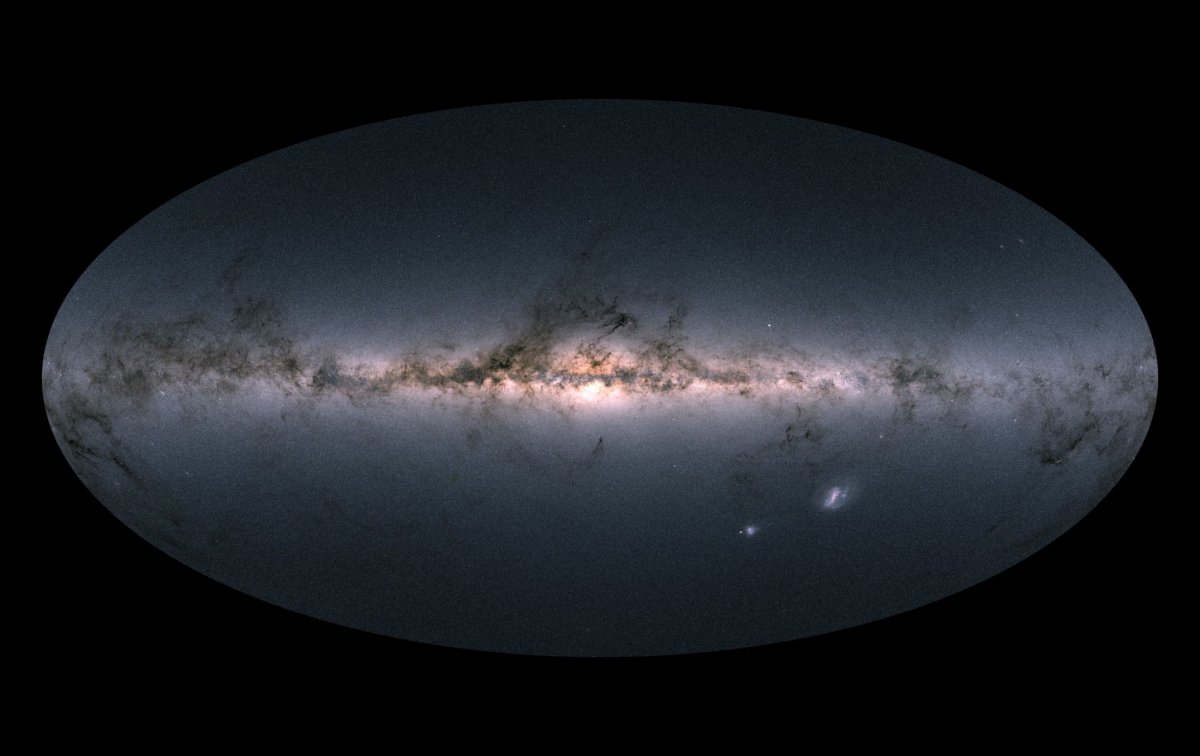
The ESA dropped the first batch of Gaia data back in September 2016. This new set adds the position of hundreds of thousands of stars to the survey. As well as star position, the data holds clues to the brightness, color, motion and distance of more than a billion stars.
Mapping the Milky Way

The image above shows the area surrounding double cluster h Persei and chi Persei—two close clusters of stars in the Perseus constellation also known as NGC 869 and NGC 884. Scientists used Gaia data to chart the total density of stars in each and every pixel. They used this information to create this latest image of a starfield we've been watching for thousands of years. Astronomer Hipparchus saw the clusters from the skies above Greece way back in 130 BC, according to NASA.

The Rho Ophiuchi molecular cloud, pictured above, is a large stellar nursery sitting in the constellation Ophiuchus—the Serpent Bearer. Astronomers created this image by mapping radiation recorded by Gaia.
Read more: Milky Way Mystery: Is Our Galaxy Getting Even Bigger?
Filters on the satellite produce colour information about the region. The brightest stars—including those in globular cluster M4 which shines from the right of the image—dominate this view of the complex.
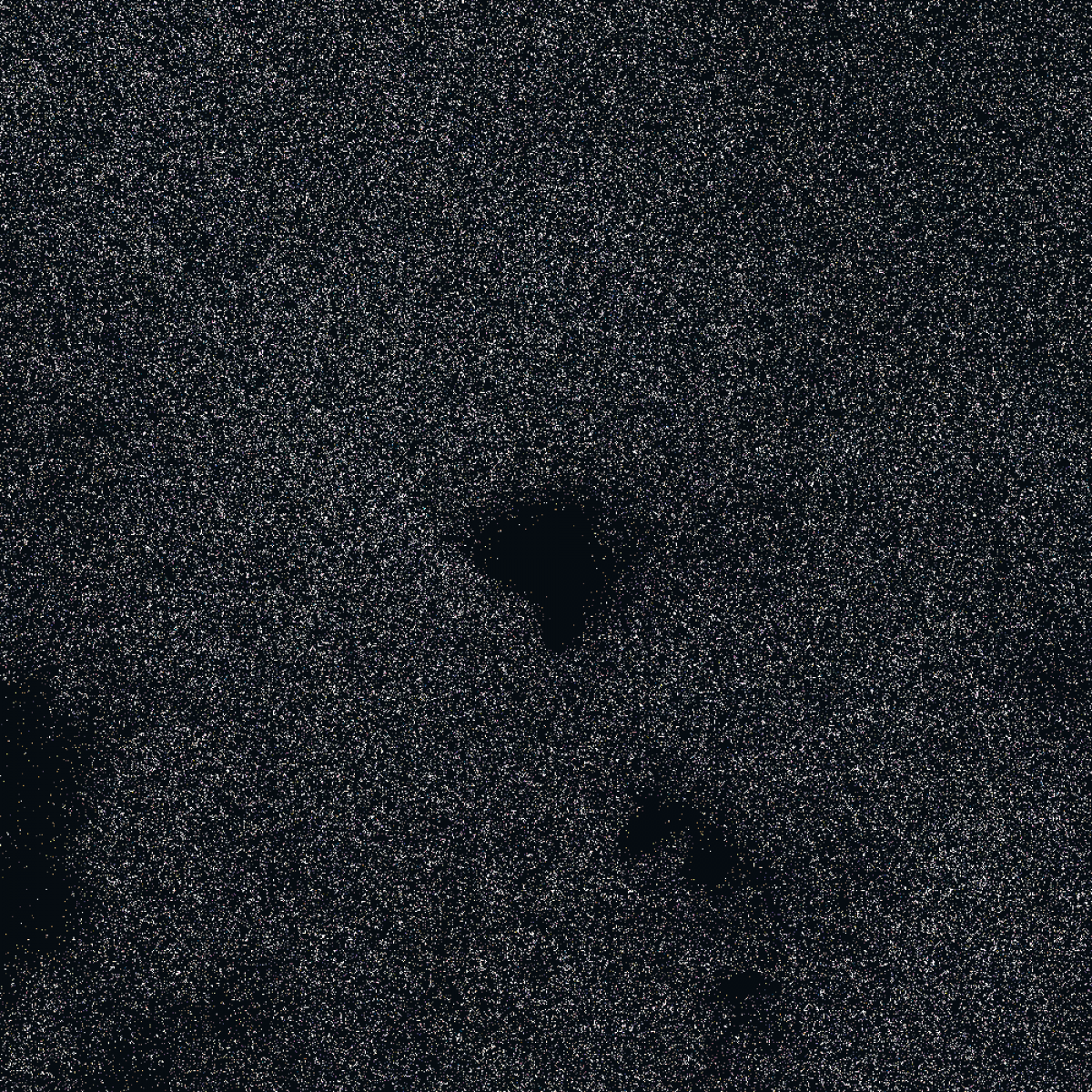
Molecular cloud Barnard 68 is also pictured with the help of Gaia's radiation detection and filtering capabilities. Although no stars are captured in the image, astronomers believe this dense nebula could be a star nursery, holding the ingredients for stars that have not yet formed. According to NASA, this cloud sits just 500 light years away.
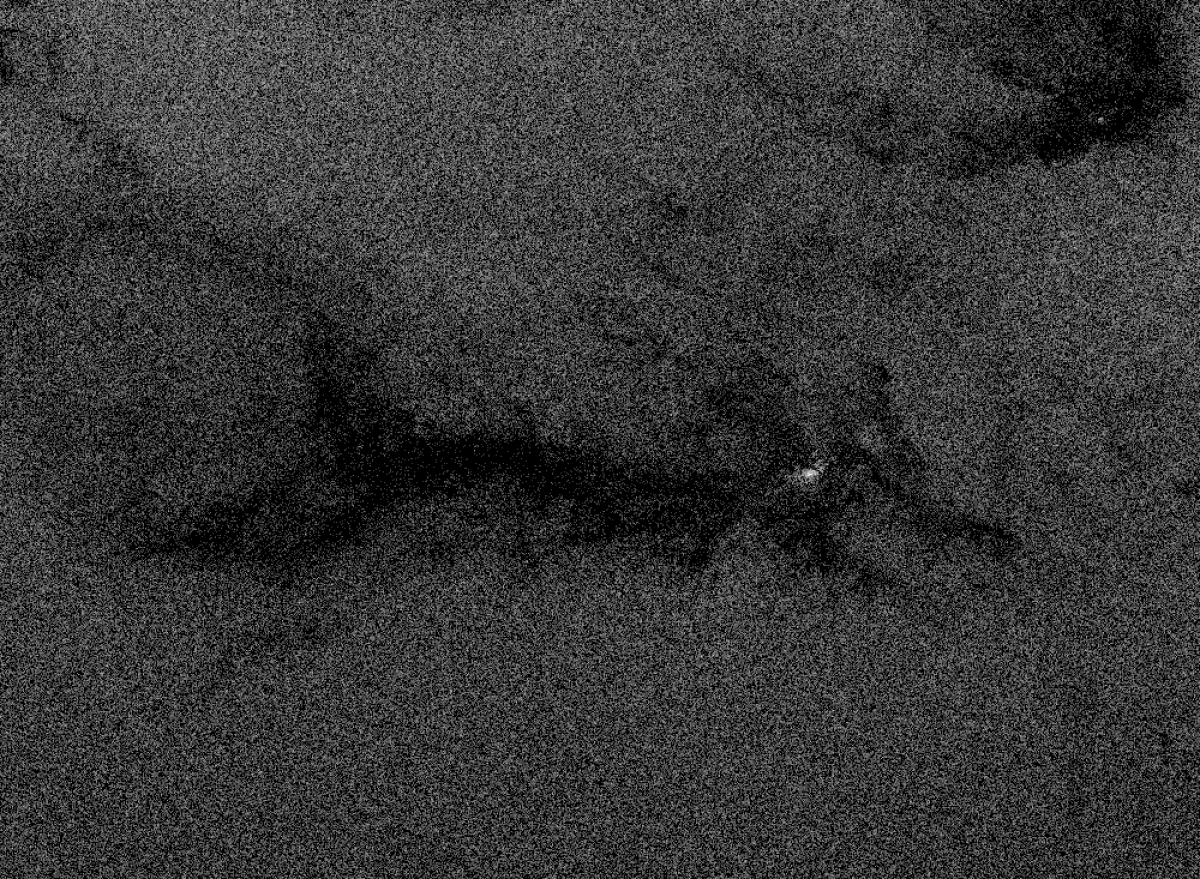
An image of Orion A—pictured here using star density information from Gaia's second release—was also revealed using data from Gaia's first release. At the time, astronomers questioned whether this chunk of the large star-forming Orion Molecular Cloud was hiding a cat or a fox amidst the vast swaths of gas and dust. If you see the bright spot to the right of the centre of the image as an eye, you can see a fox pouncing through space. If you imagine the spot—which corresponds to the Orion Nebula Cluster—as a nose, the animal morphs into a much cuter cat.
Peeking at Our Galactic Neighbors
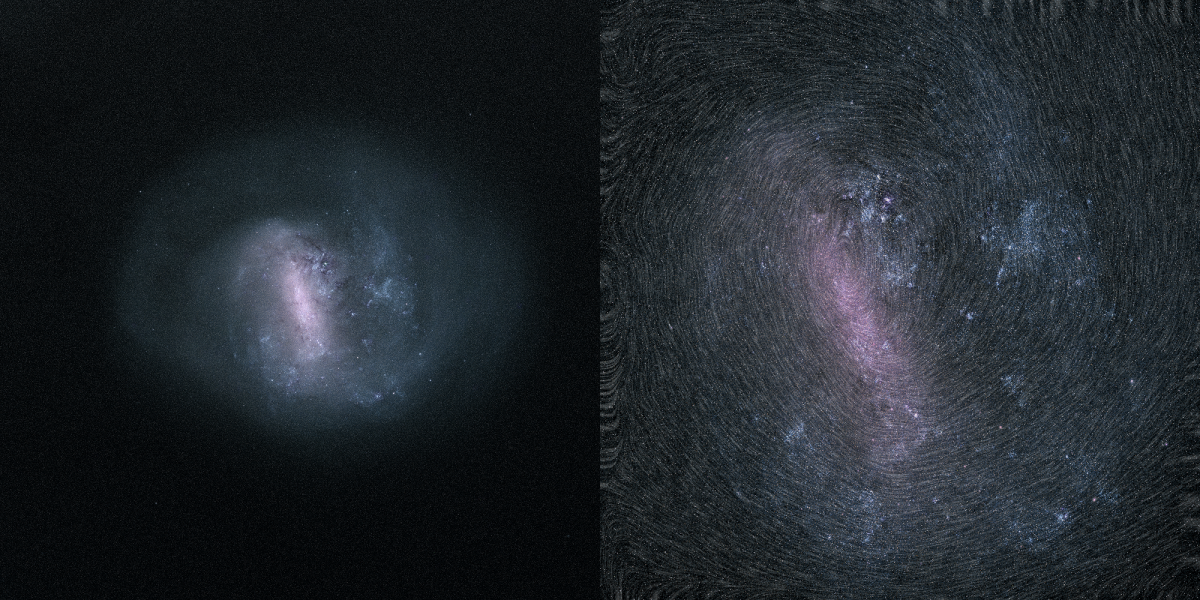
Our galactic neighbor, the Large Magellanic Cloud, has yielded one of the most stunning Gaia images so far (above, right), showing off the capabilities of the billion-dollar satellite. The satellite data traces the rotation of the galaxy, mapping the motion of its stars as they spin clockwise. Astronomers created both of the images of the galaxy above using radiation data.
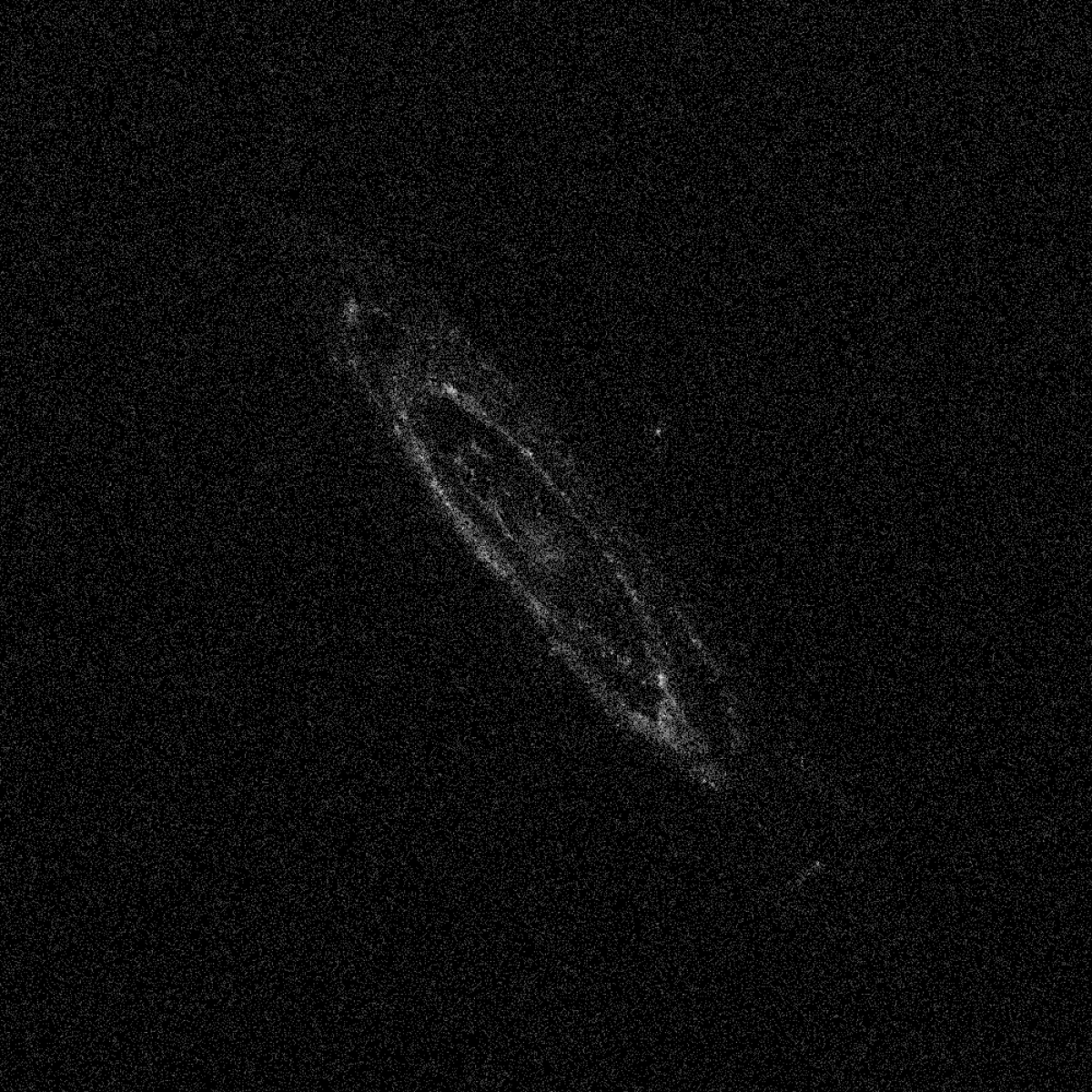
Another nearby galaxy, Andromeda, is mapped using star density data. Our largest neighbor—also called M31—is a spiral galaxy on a collision course with our own. But, don't worry—it isn't due to crash into the Milky Way for a few billion years. Andromeda and the Milky Way will merge, potentially creating a giant elliptical galaxy, or maybe even a huge disc galaxy.
Read more: Andromeda Galaxy Brought Down To Size for Head-to-Head Collision With Milky Way
After five years in space, the satellite is set to continue its survey until at least 2020, after a mission extension was approved by the ESA. This extension should be confirmed later this year. The satellite's third data release is currently scheduled for late 2020, and it should include even more accurate measurements of the position, brightness and velocity of stars in our galaxy, as well as results for far more objects making their way through our Solar System.
More Gaia images are available on the ESA website.
Uncommon Knowledge
Newsweek is committed to challenging conventional wisdom and finding connections in the search for common ground.
Newsweek is committed to challenging conventional wisdom and finding connections in the search for common ground.
About the writer
Katherine Hignett is a reporter based in London. She currently covers current affairs, health and science. Prior to joining Newsweek ... Read more
To read how Newsweek uses AI as a newsroom tool, Click here.








